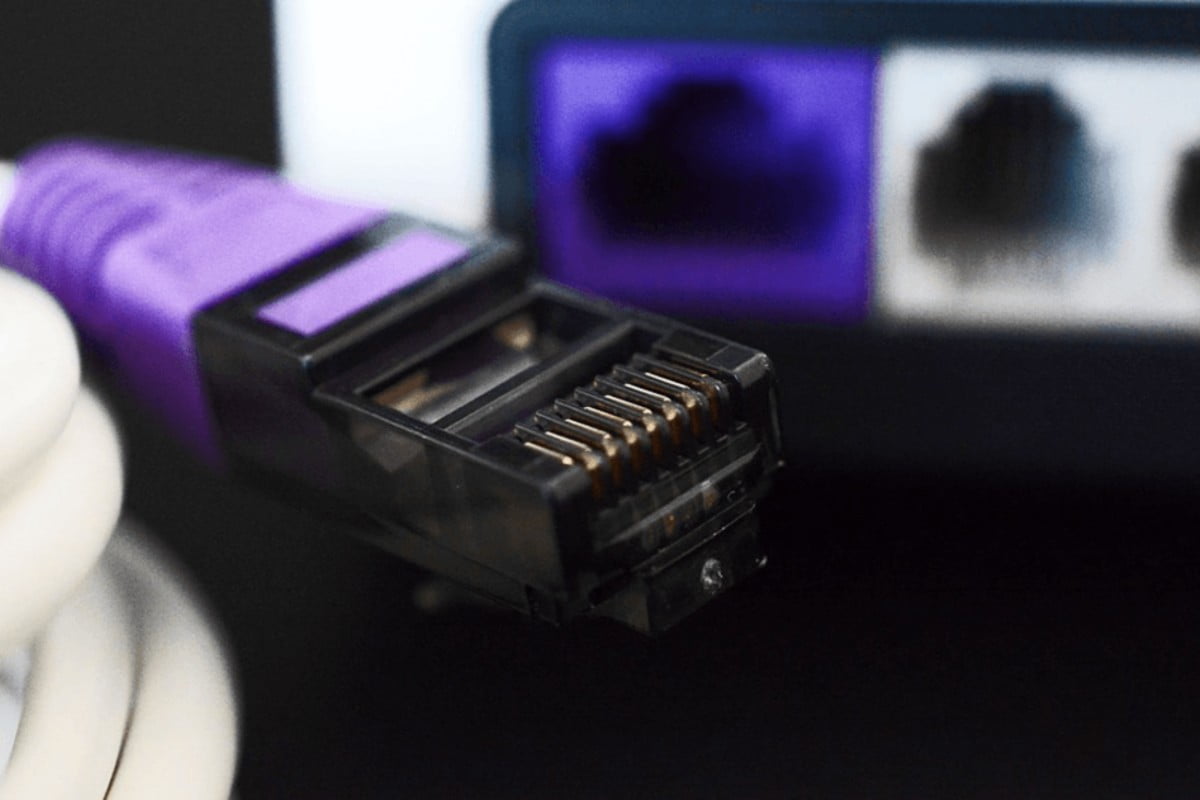
By Dr. Badri Gomatam, CTO, STL
When Matrix was released in theatres two decades ago, the Internet was still in its infancy. But the movie predicted how the super-intelligent Internet could gain human qualities and become almost unsurmountable. Humanity’s fear of super-intelligent technology hasn’t become a total reality so far, but the Internet is definitely dictating our lives.
In the last couple of years, the Internet went from being a borderline necessity to a means of existence. More than 2 million people explored the Internet for the first time every day. This also led to a change in how the Internet was provided. The networks that were traditionally ruled by proprietary technologies made way for open technologies.
Satellite emerged as a strong contender to beam the Internet at a great speed. Many technologies such as artificial intelligence, machine learning, the Internet of Things, 5G matured. 2022 will see the Internet evolving and making more transformational changes in our lives (if that is possible). Here’s the kind of Internet that awaits us in 2022:
It’s Going to Be More Pervasive
Since its existence, Internet has been kind to the people living in cities. The urban coverage is twice that of rural coverage. The last 18 months changed that. Internet connectivity in villages gained more importance, and humongous initiatives were either introduced or driven with more rigour. US’s RDOF, India’s BharatNet, UK’s Project Gigabit - all of these have rural connectivity in their hearts.
Even in urban areas, the valiant fibre-to-the-home initiatives will ensure broader coverage. In 2020, the broadband coverage across the globe was 15%. It is surely going to increase. To give you a perspective on how the Internet will reach more and more people, it was predicted 60% of the population will be using the Internet by 2022. We have already reached close to 65%, and 2021 is not over yet.
It’s Going to Be Faster
Internet speed has grown incrementally over the last few years. Currently, the global mobile Internet average speed is 63 Mbps, while the fixed broadband is 113 Mbps. With 5G maturing and optical fibre penetration increasing, these numbers are only going to go up.
Fun fact: Scientists from the National Institute of Information and Communications Technology (NICT) Japan have broken that record by scaling up the fastest internet speed record in the world to a whopping 319 TERAbits per second.
It’s Going to Be Converged
Traditionally, Internet has largely been powered by wireless and wireline technologies. In 2022, we will see the satellite become another dominant Internet provider. All the three technologies, wireless, optical fibre and satellite, will converge to reduce the differentiation between Internet haves and have-nots. Fibre will provide high capacity and bandwidth access, wireless will provide mobility, and satellite will provide coverage in areas where it is extremely expensive and difficult to take fibre or traditional wireless coverage.
It’s Going to Be Dynamically Managed
The traditional (or legacy) digital networks were largely powered by proprietary technologies. This required hardware for managing the traffic, and maintenance costs were high. 2022 will see greater adoption of open technologies and software-driven networks where adaptable virtual network functions replace single-function network hardware. These virtual functions allow for centralized control with decentralized storage, compute and memory. They allow the data network to dynamically transform to the needs of the end-users.















